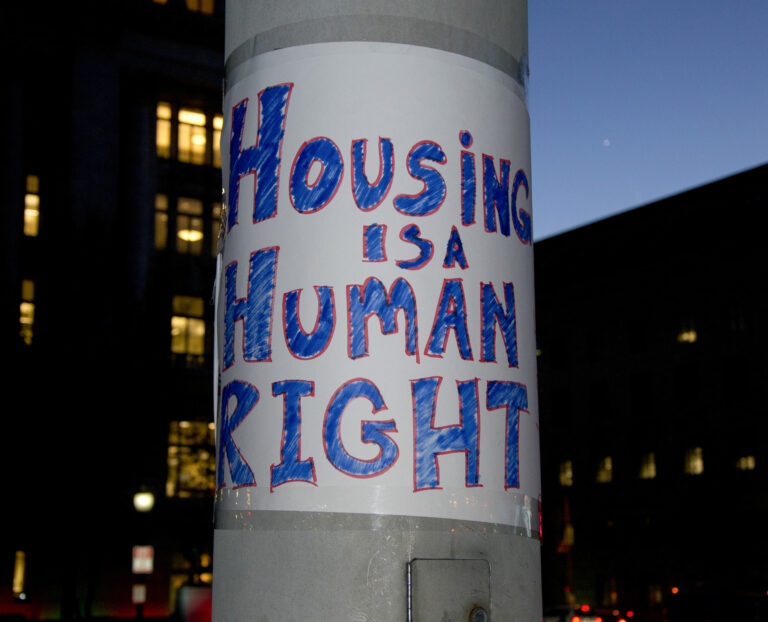What Is Rapid Rehousing?
Understanding Solutions To Homelessness

What Is Rapid Rehousing?
Rapid rehousing is a solution to homelessness that quickly connects individuals and families experiencing homelessness to permanent housing opportunities. Services provided in rapid rehousing are personalized to the individual needs of each household and offered without preconditions – such as employment, income, absence of criminal record, and sobriety.
Core Components of Rapid Rehousing
Rapid rehousing is comprised of three core components:
1) Housing Identification
The goal of housing identification is to find permanent housing for people as quickly as possible that is “decent, safe, and affordable after assistance ends.”
To do that, rapid rehousing programs will:
- Build relationships with landlords to have access to as many housing units as possible
- Address any barriers to landlord participations
- Assist households in completing applications and preparing for interviews with landlords
Essentially, the purpose of housing identification is to limit the amount of time a person spends on the streets by getting them connected with quality permanent housing options immediately after they become unhoused. Individuals and families are included in this process to ensure they have a choice in their own housing.
2) Rent and Move In Assistance
Once connected with a permanent housing, rapid rehousing programs provide rent and move in assistance to help cover the costs necessary to get into housing as quickly as possible (move in costs, deposits, rental/utility assistance, application fees, etc.). This assistance is flexible to meet the individual needs of each household and is typically provided for 4-6 months.
3) Case Management Services
After gaining permanent housing, households are connected with the services, care, and support necessary maintain stable housing and address any barriers to future success. This includes connecting households to resources such as healthcare, employment opportunities, childcare, benefits, education, and more.
How Rapid Rehousing Can End Homelessness
When a person becomes homeless, essentially no part of their life goes unaffected. Their safety, mental and physical health, and ability to gain employment are all put at risk and their relationships, both with themself and others, are deeply impacted.
Getting people into permanent housing solutions as quickly as possible after they become unhoused can play a critical role in negating some of the risks and obstacles that arise for those living on the streets, in encampments or shelters, or in transitional living.
Once a person obtains permanent housing, rapid rehousing allows them to be in a better position to address other challenges that may have contributed to their homelessness (such as obtaining employment, access to affordable mental or physical healthcare, substance use treatment, or getting connected to a supportive community) in order to prevent future homelessness.
Research shows that rapid rehousing is both less expensive than other homeless interventions (such as shelters or transitional living) and results in those experiencing homelessness being unhoused for shorter periods of time than those assisted with shelters and transitional living.
Be Part of the Change
In partnership with The Alpha Project, and through the collective support of those in our communities, the J&J Lovelace Foundation is raising funds to provide rapid rehousing services consistent with each individual households needs, along with other tangible resources, tools, and support to those experiencing homelessness in our community.
With the help of kind and compassionate people like you, we have the ability to empower those without safe, stable housing through self-sufficiency, dignity, and respect.
Be part of the change by making a donation to support those who are struggling most.
-Written by Cassie Cipolla for J&J Lovelace Foundation

